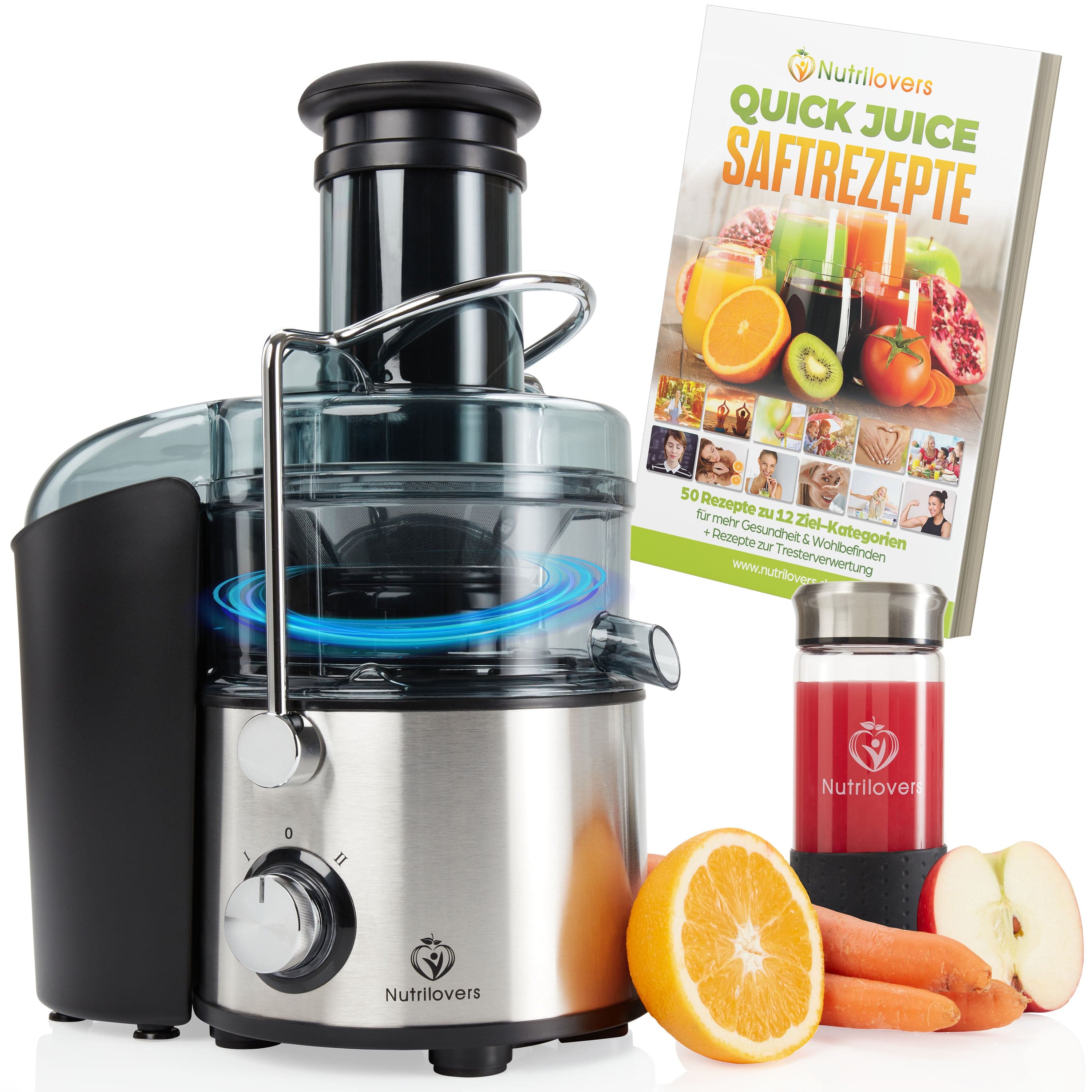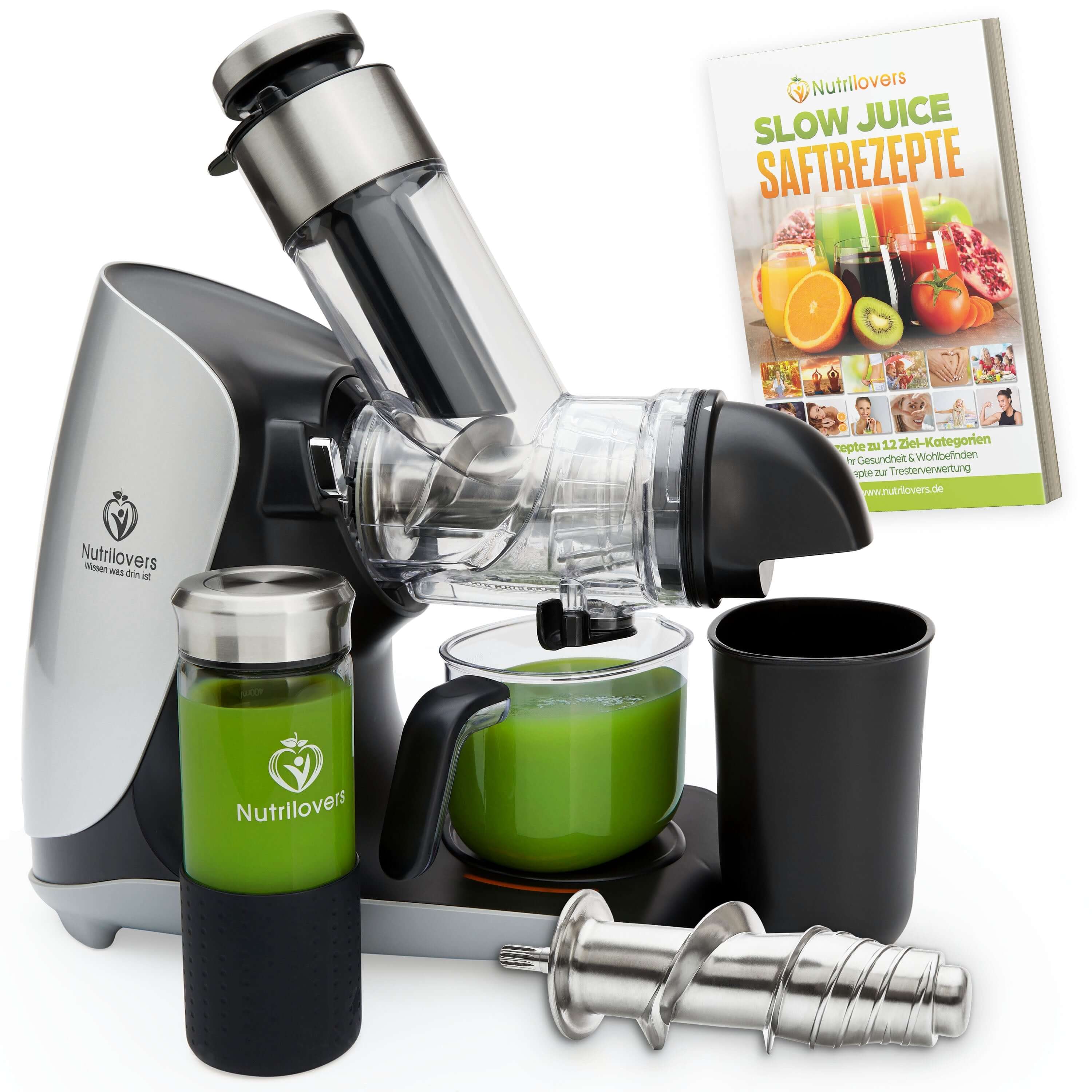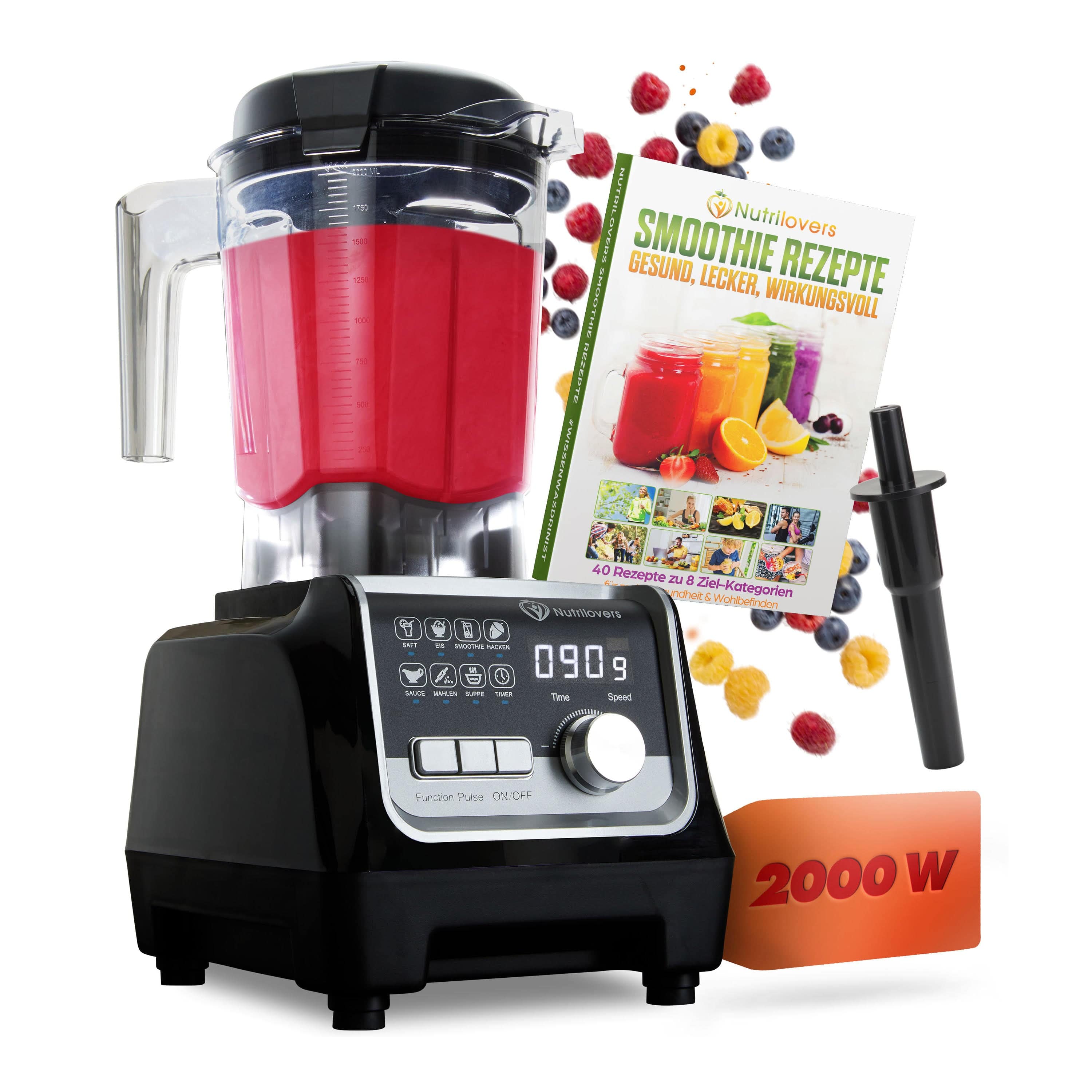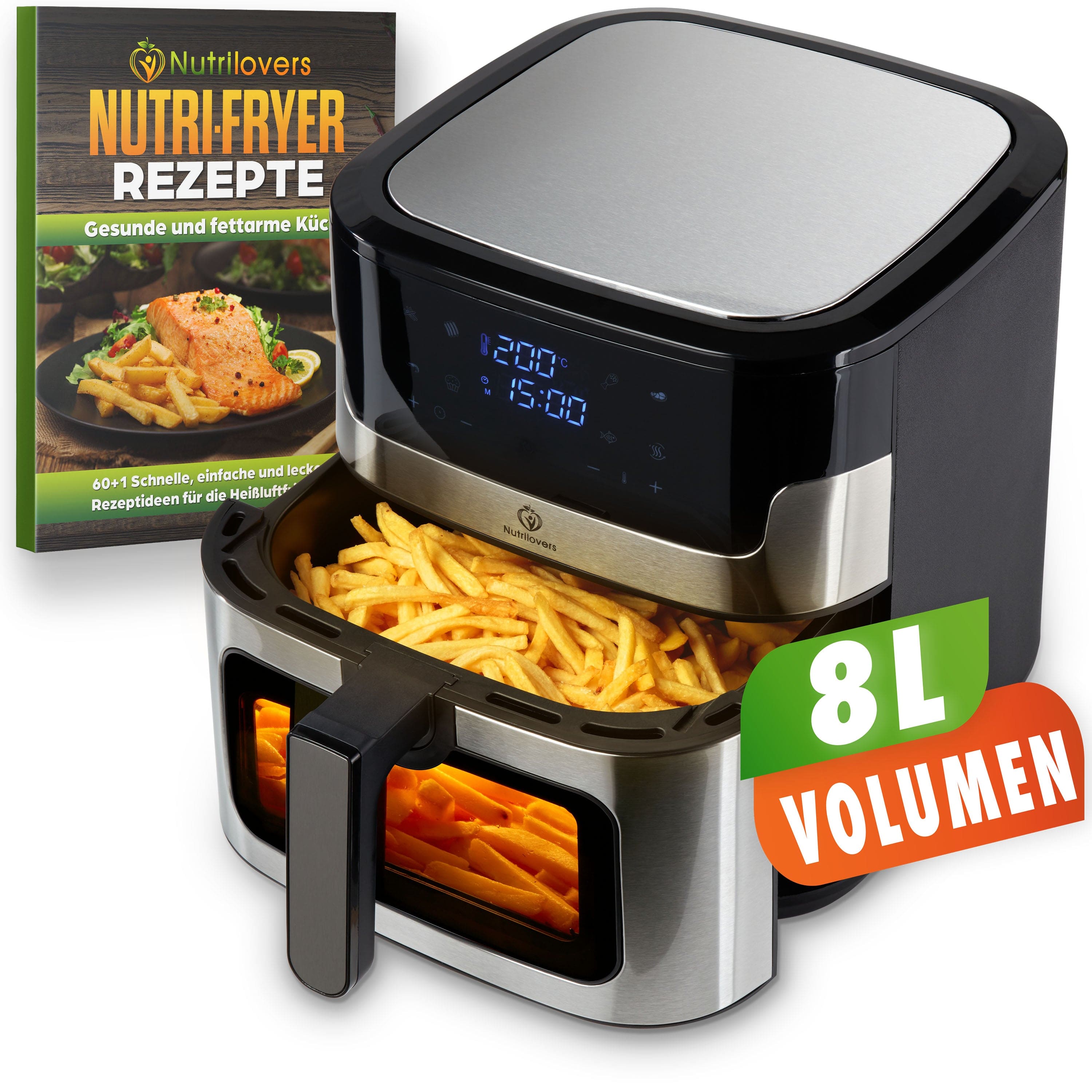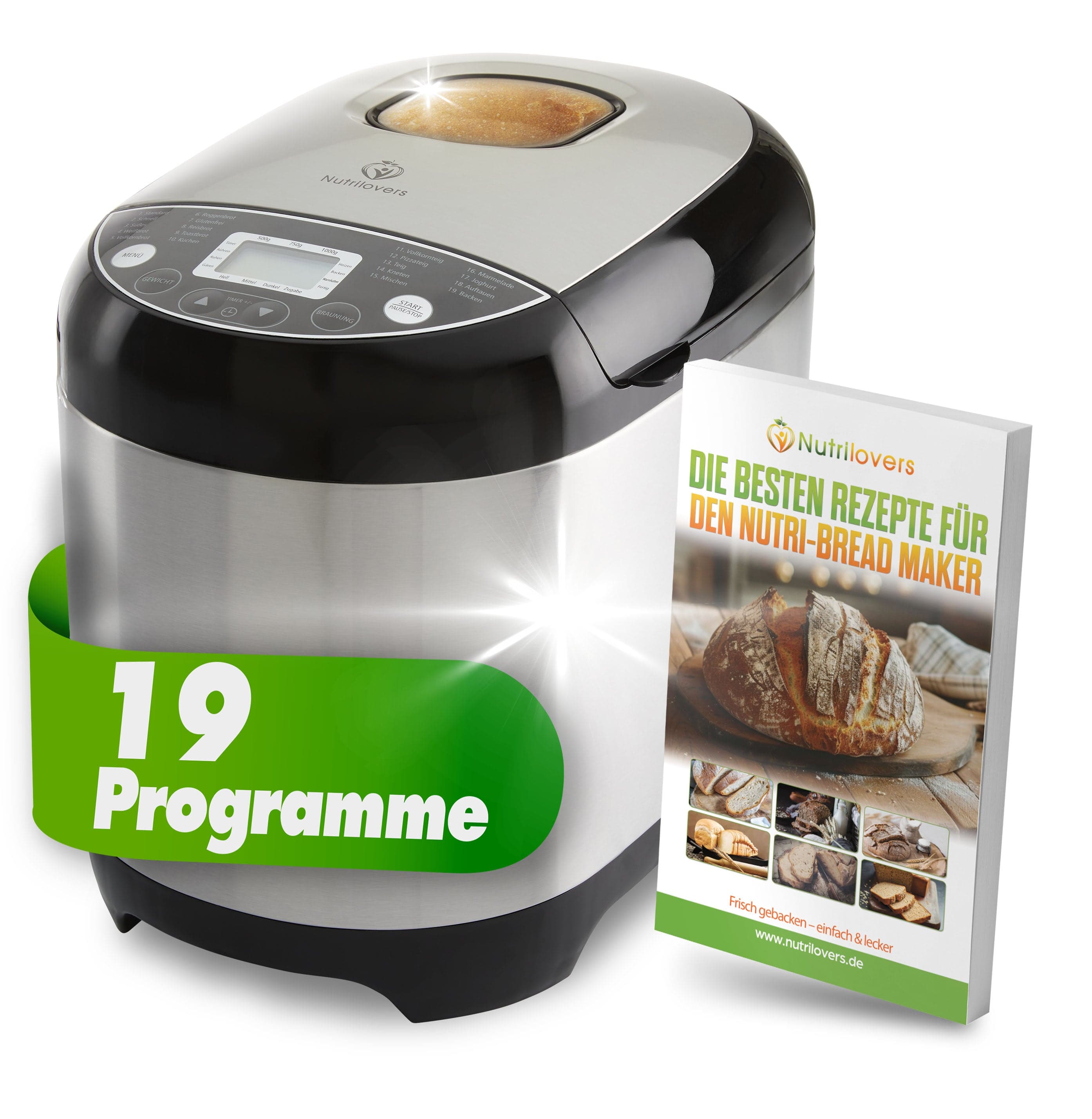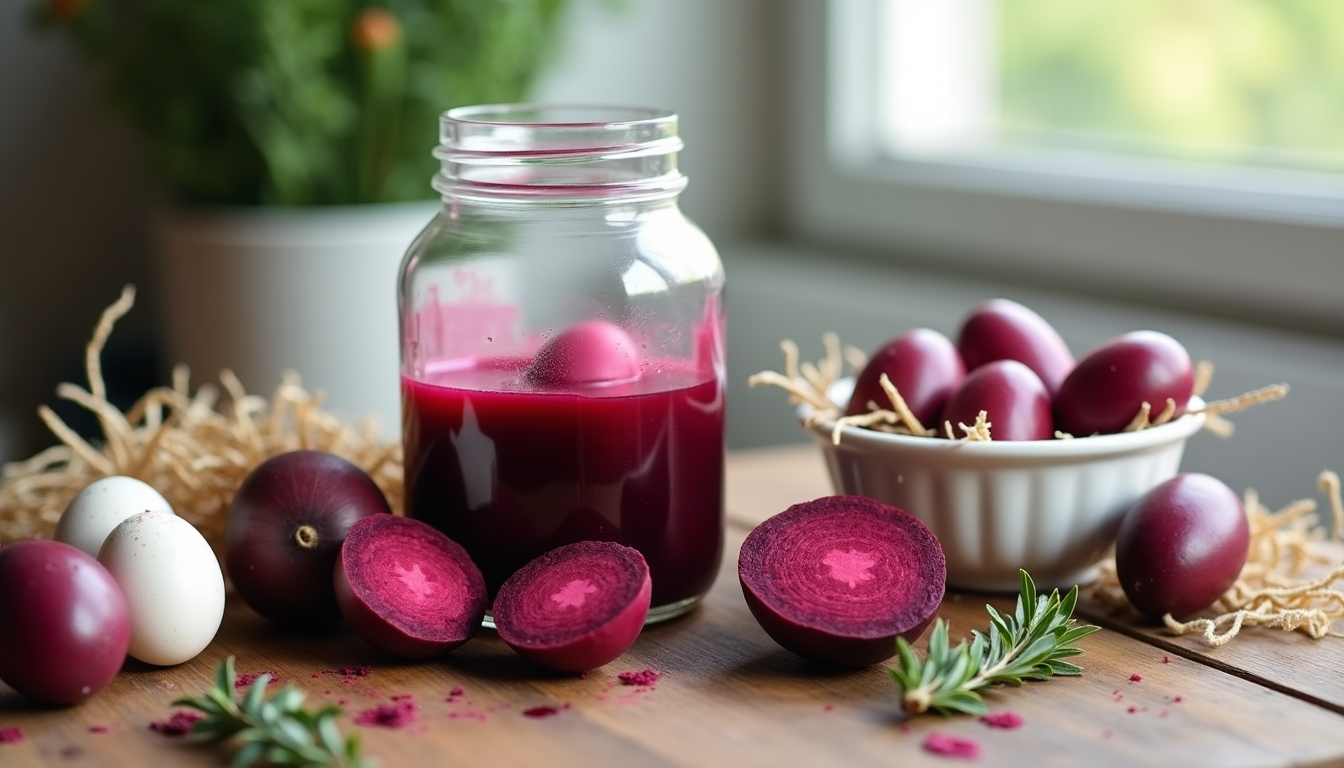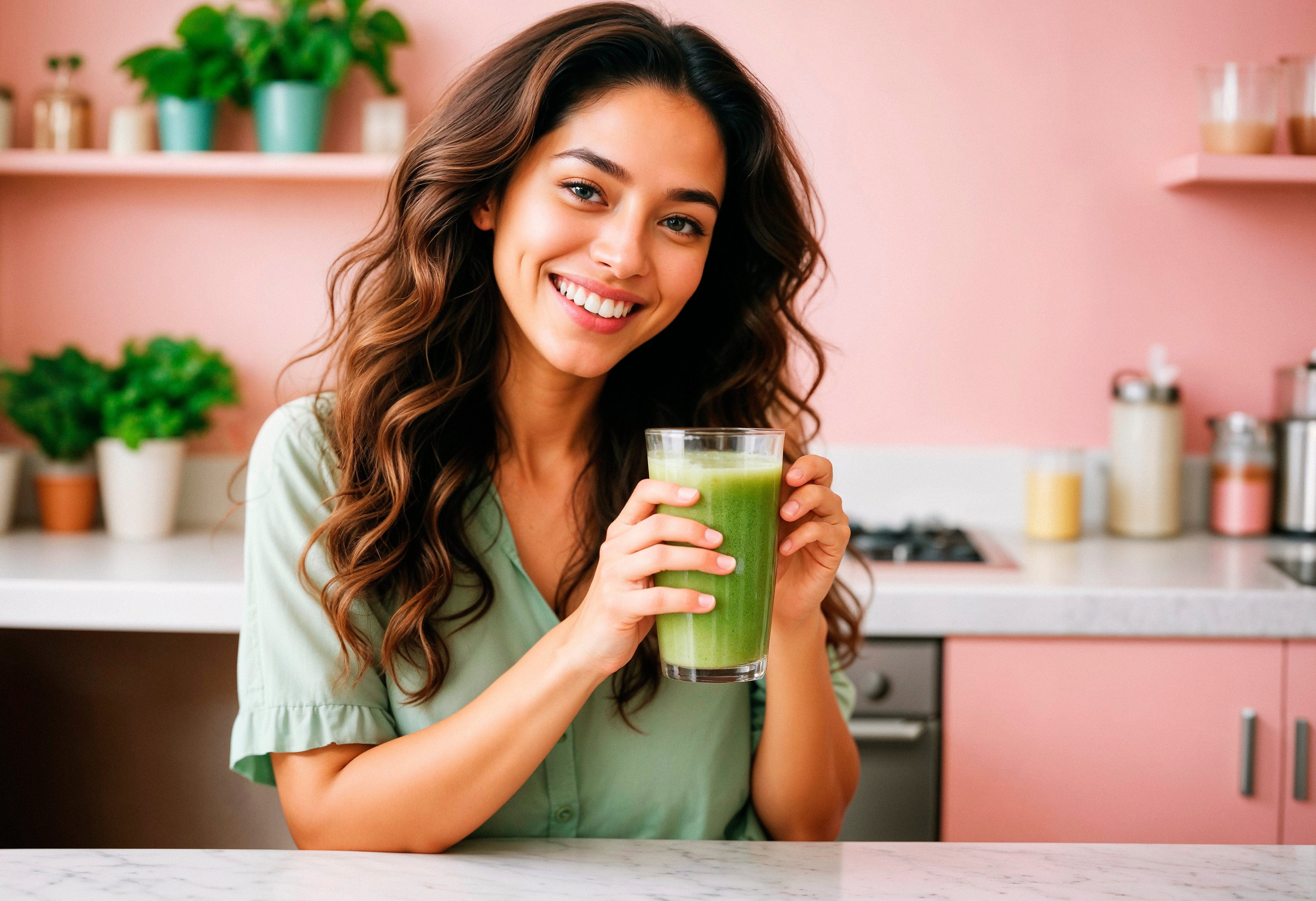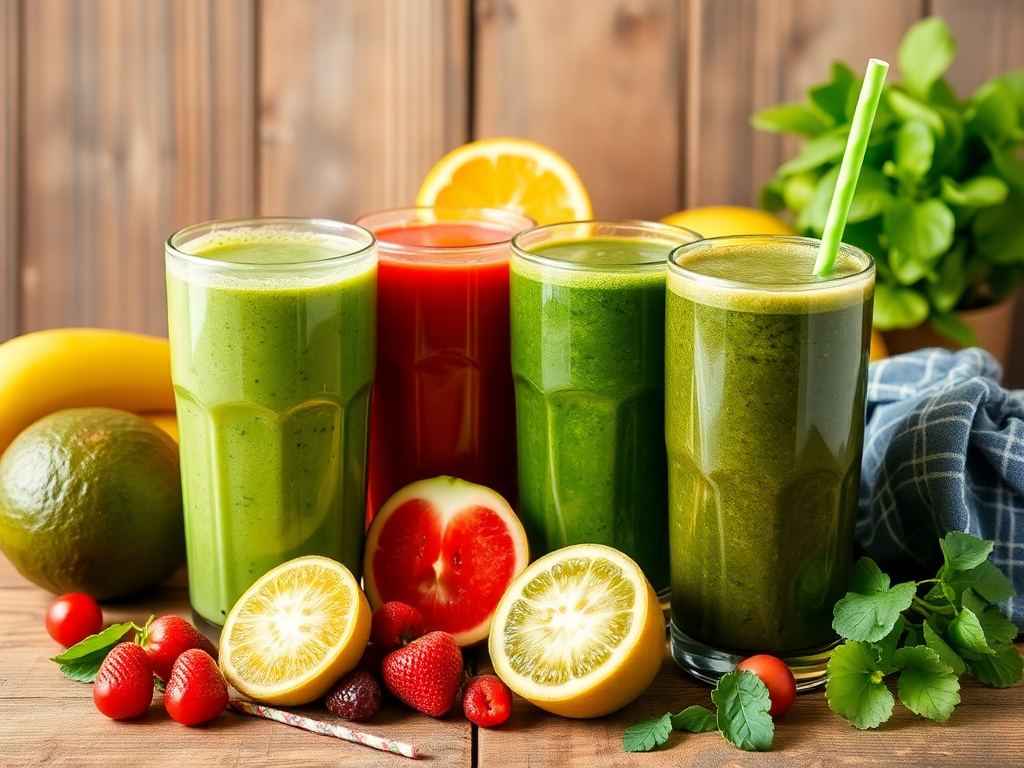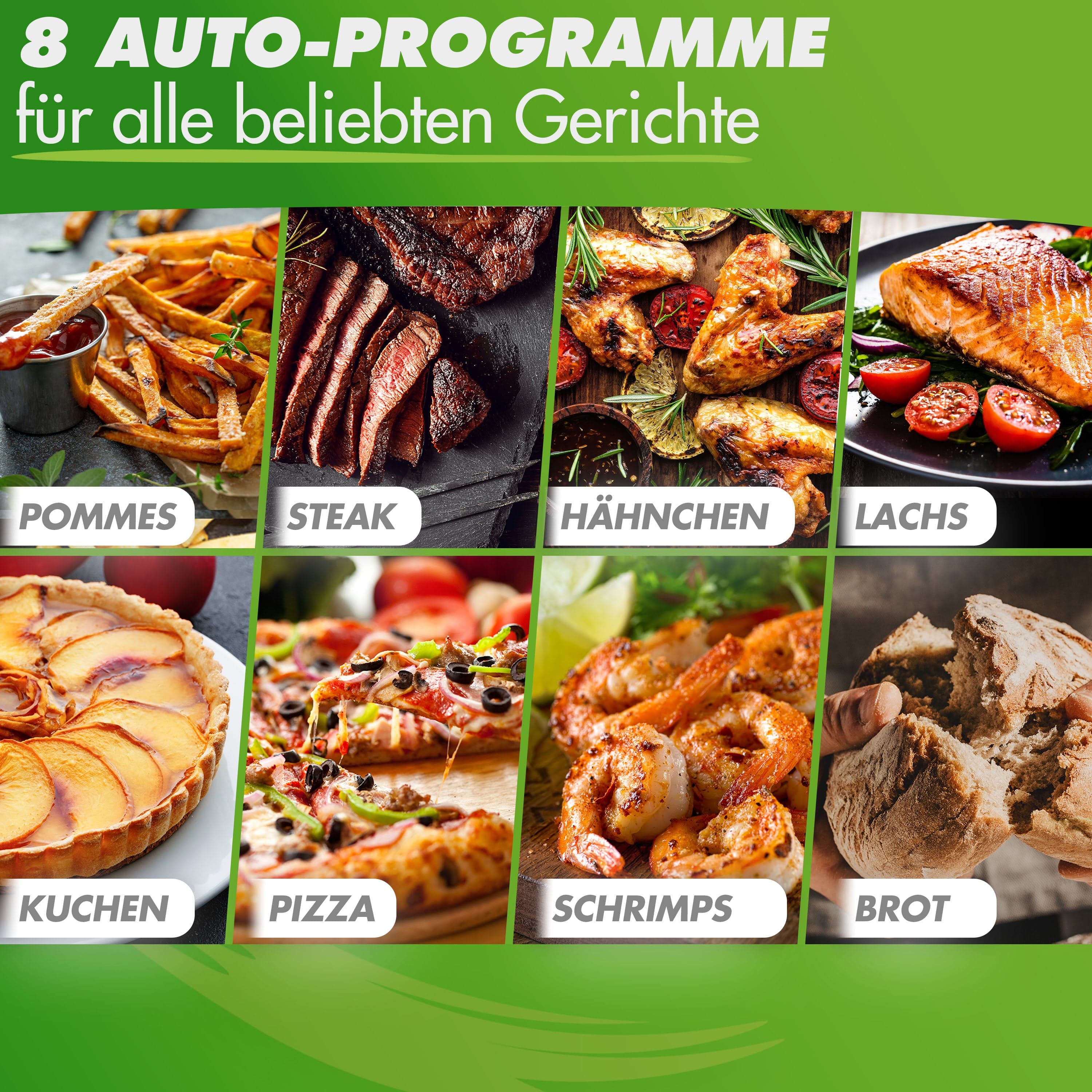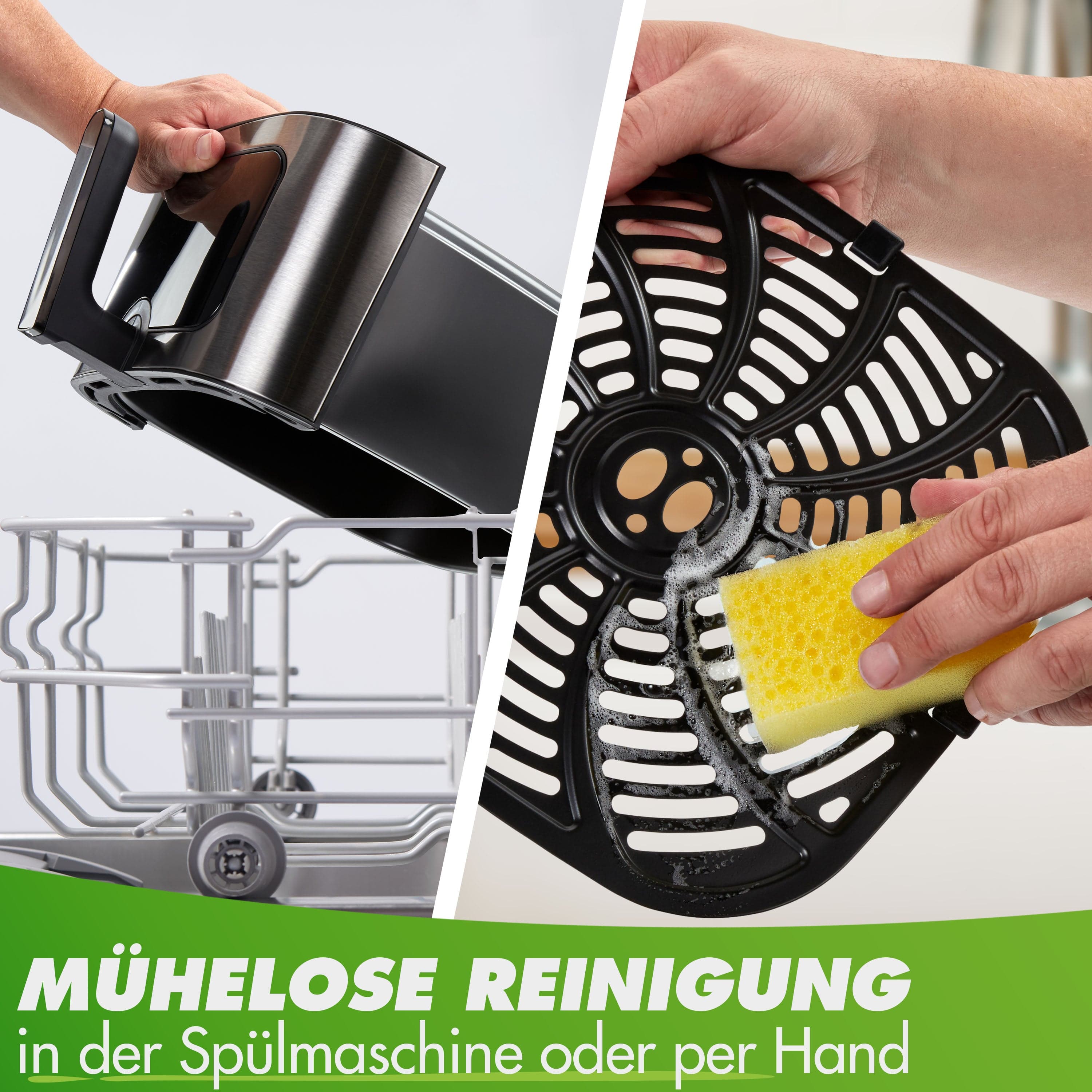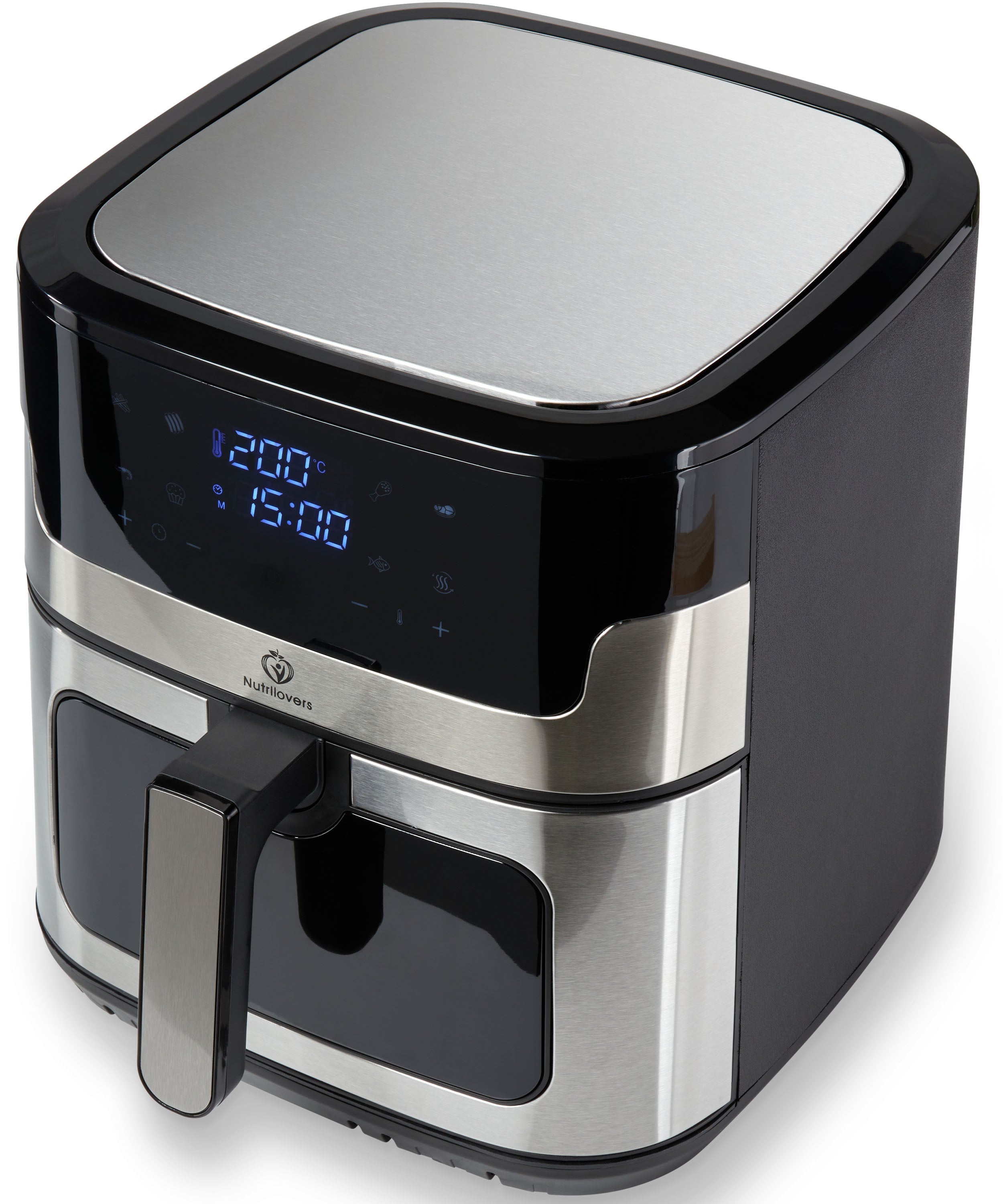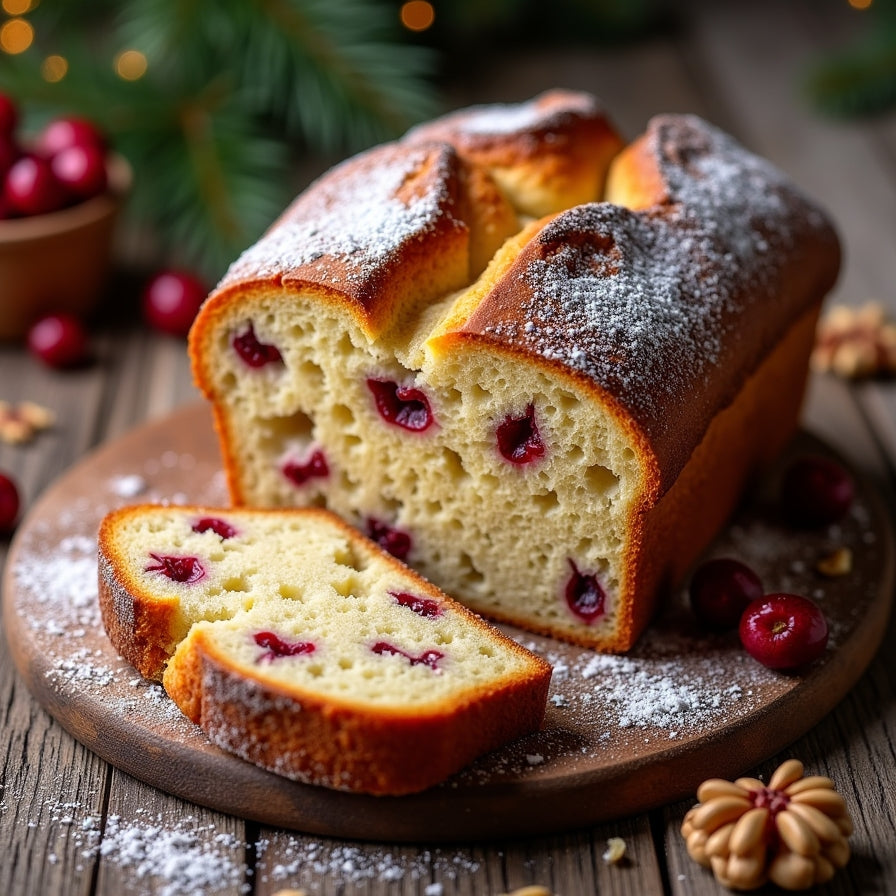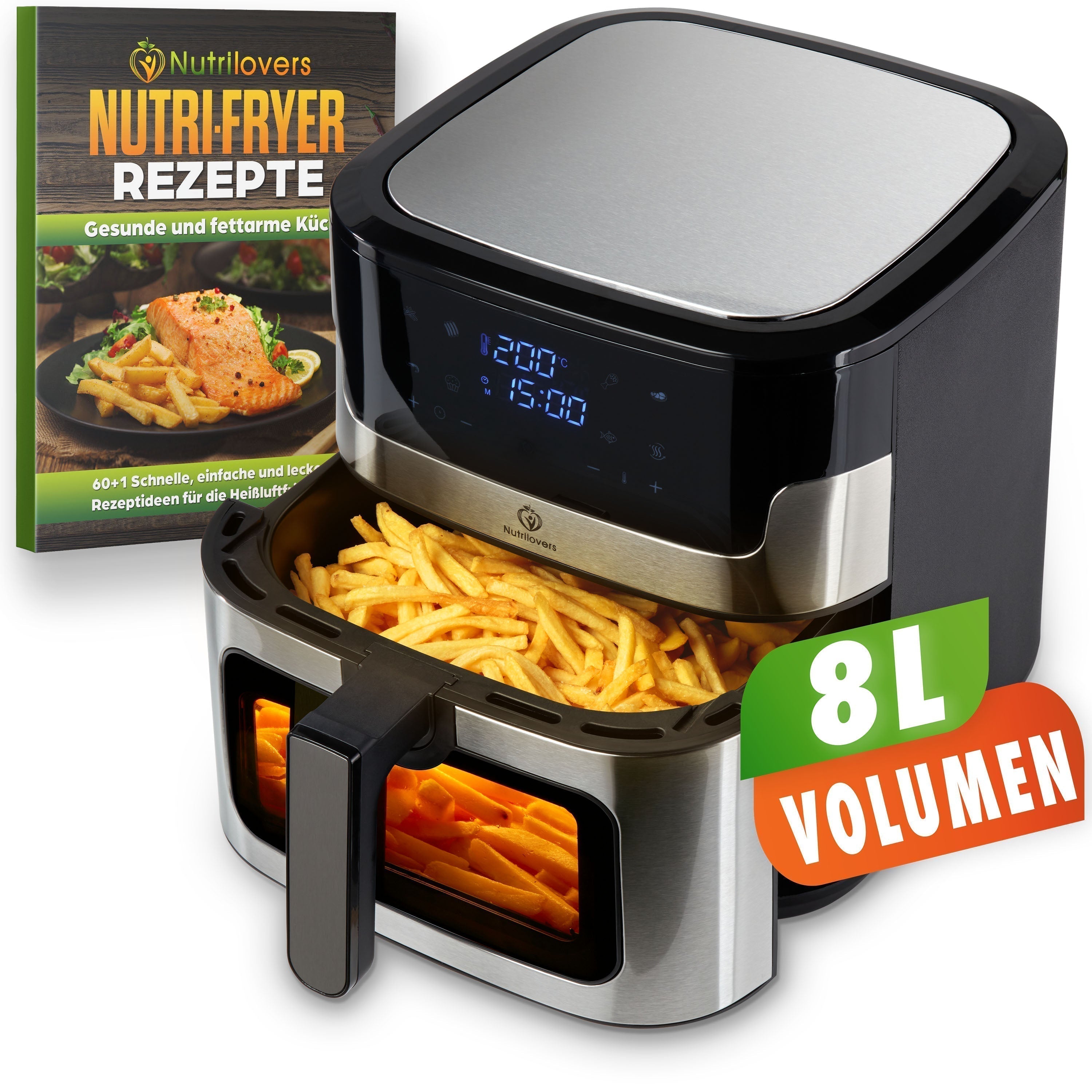The ultimate guide to natural Easter decorations 2025
Dyeing eggs with beetroot juice opens up surprising possibilities for natural Easter decorations. In fact, not only wine red, but also green and blue shades can be achieved by skillfully mixing with baking soda or fruit vinegar. Particularly interesting: Beetroot juice made with a slow juicer delivers intense color results due to the gentle juice extraction.
Find out which juicer is perfect for you! Take our juicer quiz now and discover the ideal device for your needs!
We've found that white eggs in particular produce vibrant color results. Furthermore, a single batch of dye solution is enough for at least three eggs and can be reused multiple times. In this guide, we'll show you how to create beautiful, sustainably dyed Easter eggs using beetroot juice extracted from a slow juicer and a soaking time of at least eight hours.
Tradition meets sustainability: Natural egg dyeing
The tradition of dyeing eggs dates back to the 12th century, when the Latin Western Church began decorating Easter eggs in various colors. While in the past, only natural materials were used for dyeing, many people today resort to artificial dyes from the supermarket.
However, natural dyeing of Easter eggs is becoming increasingly popular. The main reason for this is health concerns: Store-bought egg dyes often contain harmful chemical additives that can trigger allergies and asthma. Furthermore, most dyed Easter eggs in supermarkets come from caged hens.
Natural dyeing, on the other hand, offers several advantages. The materials used are biodegradable, and the dyed eggs are safe to eat. White eggs are particularly well-suited for natural dyeing because they absorb the color pigments better.
For optimal results, it's recommended to rub the eggshell with vinegar before dyeing. This degreases the surface and allows for more even dye absorption. While the shades of natural dyes are softer and more pastel-like than those of artificial dyes, certain colors have special significance in certain regions:
- Red symbolizes the sacrificial death of Christ
- Yellow represents enlightenment and wisdom
- Green represents youth and innocence
Beetroot as a coloring agent: From the slow juicer to the splendor of color

The natural pigment betanin, found in beetroot, transforms ordinary Easter eggs into extraordinary works of art. This water-soluble substance, also known as E162, belongs to the group of betalains and is characterized by its antioxidant properties.
Extraction with a slow juicer offers decisive advantages over conventional juicers:
-
Gentle juice extraction: The slow juicer operates with slow rotating movements (approximately 40-80 revolutions per minute), allowing for particularly gentle juice extraction. This optimally preserves the color pigments of the beetroot.
-
Higher nutrient and color intensity: Unlike centrifugal juicers, the slow juicer generates less heat and oxygen contact, minimizing oxidation of the ingredients. This results in a more intense betanin content and thus more vibrant color results.
-
More juice yield: The slow juicer's auger extracts significantly more liquid from the beetroot, which increases the color concentration and ultimately leads to brighter Easter eggs.
Preparing the dye with the slow juicer
To make the perfect beetroot juice for dyeing eggs you will need:
- 4-5 medium-sized beetroot bulbs
- A slow juicer
- Optional: A dash of vinegar to intensify the color
Here's how to proceed:
- Wash the beetroot thoroughly and cut it into pieces that fit into the feed chute of your slow juicer.
- Slowly add the pieces into the slow juicer and collect the juice in a container.
- Add about 1-2 tablespoons of vinegar to the resulting juice to improve color absorption.
- Dilute the juice with a little water if necessary if it is too concentrated.
The beetroot juice obtained with the slow juicer is now ready for egg dyeing. You can choose between two methods:
Warm method: Add the raw eggs to the heated juice and let them simmer for about 10 minutes.
Cold method: Place boiled eggs in the cooled juice. This method is especially suitable for coloring with children.
For more intense color results, we recommend rubbing the eggs with vinegar beforehand. After coloring, a little cooking oil will give the shells a beautiful shine. The color ranges from delicate pink to vibrant pink, depending on the exposure time.
Color variations through clever mixing

Beetroot juice produced in a slow juicer can produce fascinating color variations. This becomes especially interesting when we combine the juice with other natural ingredients or create new color nuances through chemical reactions.
The advantage of the slow juicer is also evident here: You can juice different vegetables and fruits one after the other, creating creative color blends. Turmeric, for example, is ideal for yellow tones – simply process a piece of fresh turmeric root in the slow juicer and mix it with the beetroot juice.
In addition, we can achieve amazing color effects by cleverly experimenting with the pH value:
- Wine red to violet: Pure beetroot juice from the slow juicer
- Green: Beetroot juice with 10g baking soda
- Blue: Beetroot juice with 20g fruit vinegar
- Old pink: Briefly dip blue eggs in beetroot juice
You can also process other natural materials with your slow juicer:
- Carrots for yellow orange
- Blueberries for blue tones
- Red cabbage for intense violet
The longer the eggs remain in the juice, the more intense the color will be. Freshly cooked, warm eggs absorb the color particularly well. Alternatively, the eggs can be left in the cooled juice overnight.
An additional tip for special effects: You can partially remove the top layer of paint with vinegar or lemon juice. This creates attractive patterns – the longer the acid is left on, the lighter the treated area becomes.
Creative design ideas for your Easter eggs
In addition to simple coloring, the beetroot juice from the slow juicer offers numerous creative design possibilities:
-
Marbling: Wrap a piece of fishnet pantyhose around the boiled egg before dipping it in the juice. This creates attractive marbling.
-
Layered effects: Dip the eggs in the juice again after they have dried for the first time to create fantastic patterned effects.
-
Batik technique: Wrap the eggs with rubber bands or string before dyeing to create interesting lines and patterns.
-
Mixed dyes: Dip half an egg in beetroot juice and the other half in another natural dye (e.g. turmeric) for two-tone results.
Still unsure which juicer is right for you? Find out which one is perfect for you – take our juicer quiz!
Conclusion
In summary, dyeing Easter eggs with beetroot juice from a slow juicer offers a sustainable alternative to artificial dyes. This traditional method not only offers healthier but also more creative design options. The gentle juice extraction in the slow juicer preserves the valuable color pigments and ensures particularly intense color results.
Our instructions also demonstrate that natural egg dyeing doesn't have to be complicated. With a little patience and the right techniques, you can create unique Easter eggs that are both aesthetically pleasing and safe to eat.
After all, the variety of possible color nuances and pattern effects makes every dyeing attempt an exciting experiment. This centuries-old tradition proves once again that sustainable methods often produce the most beautiful results – and all without chemical additives.

